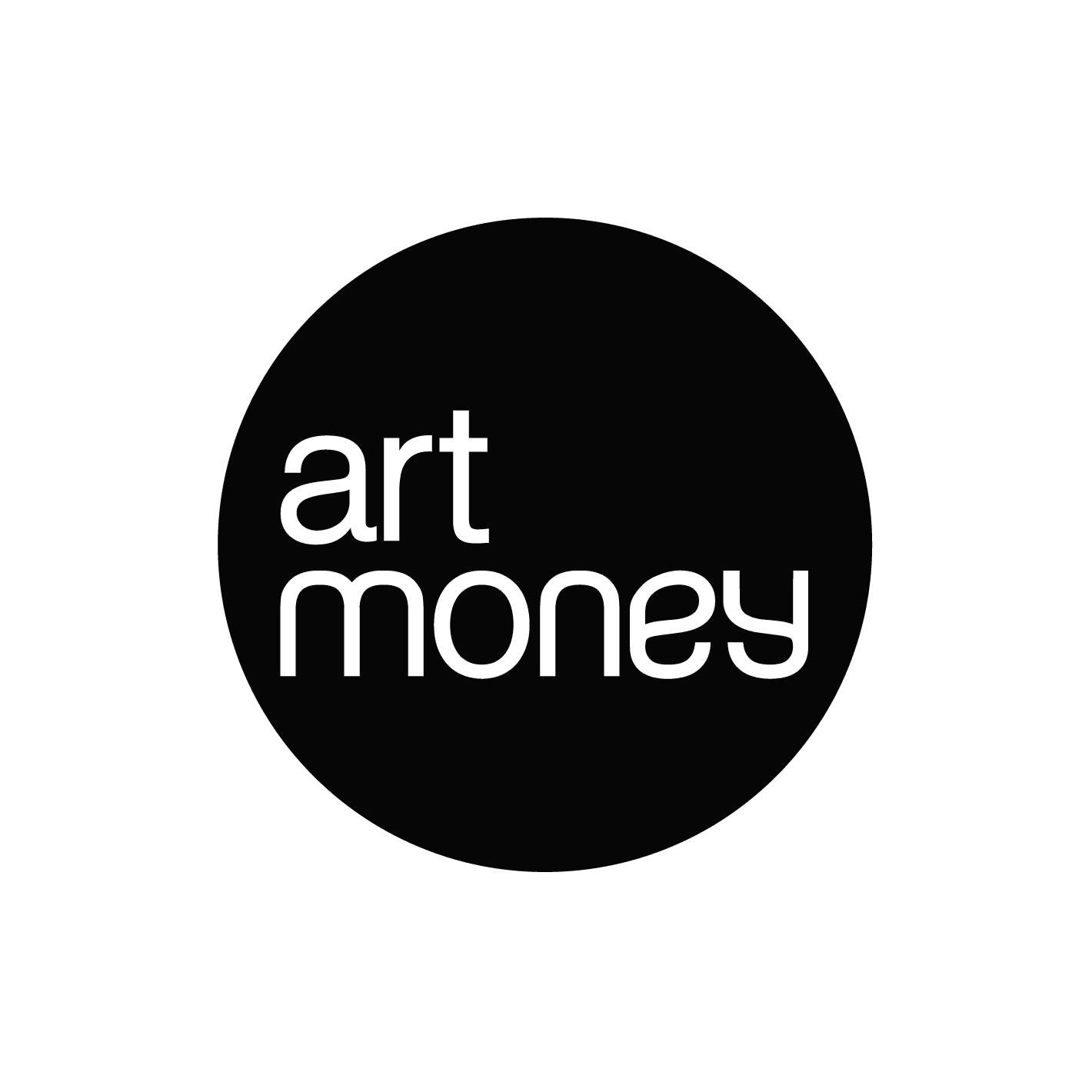“My work is driven by an overwhelming sense of delight in the struggles of painting — what painting can achieve and how it can lift us from detritus of everyday life.”
Distinguished by an unparalleled and imaginative synthesis of simplicity and complexity, Alastair Gordon’s extraordinary trompe l'oeil paintings transform ordinary paper objects into vignettes of memory, study and evocation. Elements such as tape, old photographs, paper scraps and other ephemera are arranged and painted in a highly realistic style. Within these subtly constructed pictures there is a sense of painterly abstraction as well, making Gordon’s style quite unlike any other painter.
The artist begins with small still lives made in the studio. He draws every day and is particularly interested in observing what he calls the detritus of everyday life – postcards, paper darts, and notepads. These objects contain traces of stories of the past and in tandem an illusionism functions as a tool of engagement, allowing the viewer to return to the picture plane, delighting in the artistry, the color, and depth. To make his oil on wood pictures the artist paints these items in low relief allowing them to appear as if they are pinned on taped to a wooden surface. He notes that his approach is in part influenced by seventeenth century Northern European illusionistic painting and in particular “Quodlibet-what you will”.
For his part, Gordon uses his contemporary form of trompe l'oeil painting to address modern day concerns such as “fakery, illusionism and the way images shape the way we think in society. Historically, the still life genres were about mortality and the fleeting nature of beauty. We tend to find these things difficult to talk about in modern society which is part of the reason I like working in still life so much. It’s a way to open a conversation about the bigger issues of beauty, death and the sanctity of life. There’s a lovely moment when people realise they’re looking at a painted illusionism - like a moment of ‘Aha’ - which causes them to take a second look.”
The artist’s sources are myriad and fascinating. In addition to ties to the genre and still life painting traditions of sixteenth and seventeenth Europe, he recalls that as a teenager he worked at a Camelot theme park in Lancashire, painting trompe l’oeil murals of ancient castles and pastoral landscapes on canteen walls. “They were a kind of version of English folklore that is more myth than reality, what Umberto Eco describes as Hyperreality (an authentic fake). It must have made quite an impression on me as I’ve been hooked on this idea of the authentic fake ever since” As well during his MA studies, Gordon visited American theme parks such as The Holy Land Experience, Orlando. “Every afternoon at three o’clock Jesus is crucified on a plastic cross, they serve ‘sweet Jesus’ cupcakes then he resurrects on the back of a Harley Davison motorbike. I made paintings about these theme parks, leading to an obsession with finding the real thing.” Still other inspiration comes from literature, movies, and music. “My titles tend to be lifted from song lyrics or poems. References range from T.S. Eliot’s ‘The Wasteland’ to Ferris Buellers Day Off. To me they are all connected and help make up the rich tapestry - or Quodlibet - of modern living.”
Rosa JH Berland

